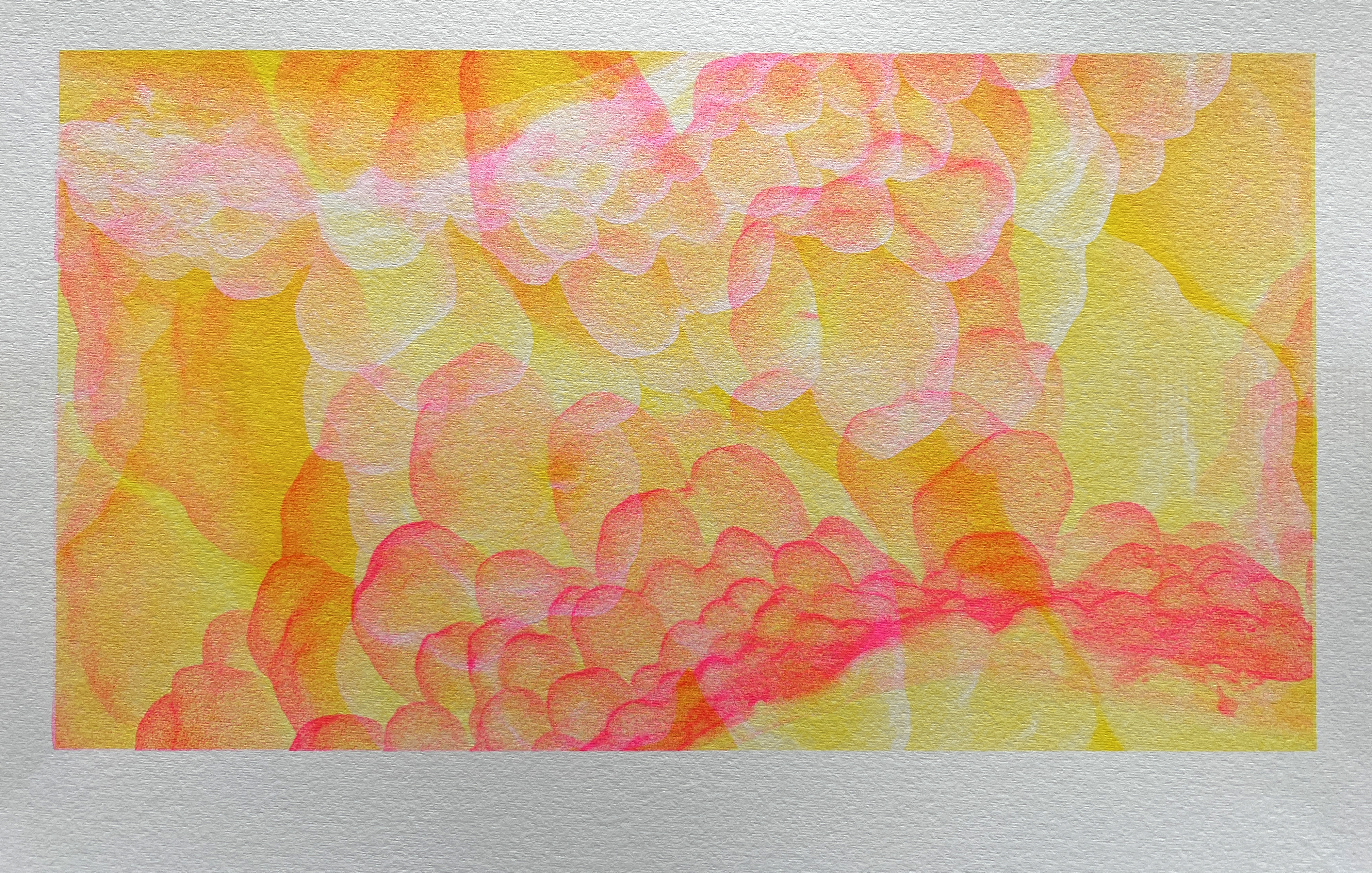Reading Beyond Extraction?: More-Than-Human Regions in Melissa Lucashenko’s Mullumbimby (2013)
Abstract
The novels of Goorie author Melissa Lucashenko are consistently read through the confluence between regions and gender. Lucashenko creates work that disrupts patriarchal and colonial resonances of spatiality and place. This article extends the critical insights on Lucashenko’s oeuvre to consider how layers of regional specificity speak to relational interspecies and intraspecies complexity. Knowledge in and of a region is held and carried by many subject positions in Lucashenko’s writing, through a deep waiting and listening beyond species boundaries. This article is informed by Kombumerri writer, Mary Graham’s ontological and epistemological insights into Indigenous relationality, taking up Phillips et al.’s provocation to employ Indigenous relationality as a new frame for reading.
Downloads
Published
Issue
Section
License
The copyright for articles in this journal is retained by the author(s), with first publication rights granted to the journal. By virtue of their appearance in this open access journal, articles are free to use with proper attribution in educational and other non-commercial sectors.Attribution-NonCommercial-ShareAlike 2.1 Australia
This work is licensed under the Creative Commons Attribution-NonCommercial-ShareAlike 2.1 Australia License. To view a copy of this license, visit http://creativecommons.org/licenses/by-nc-sa/2.1/au/ or send a letter to Creative Commons, 543 Howard Street, 5th Floor, San Francisco, California, 94105, USA.

